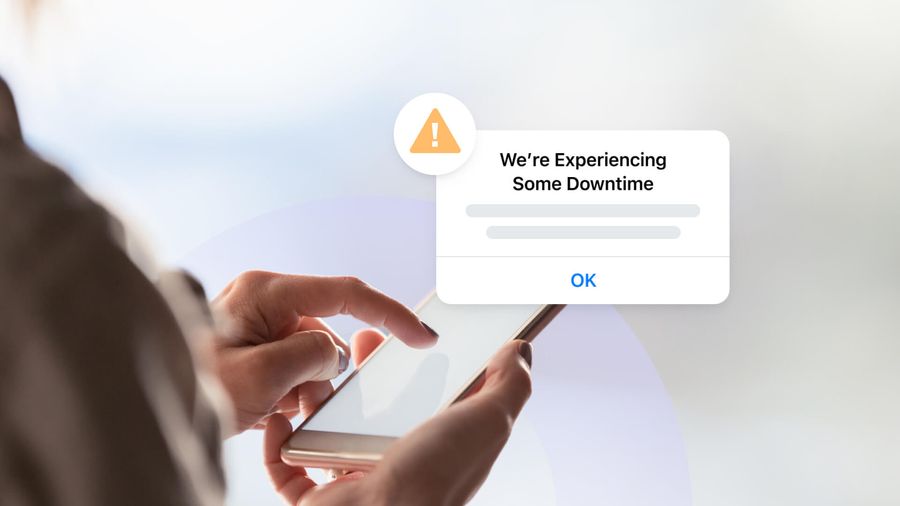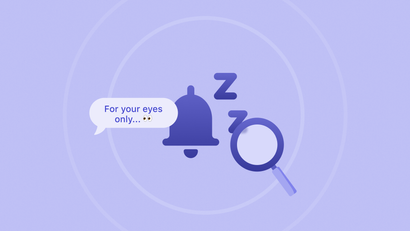Death, taxes, server outages. In the world of mobile app development, few things are certain, but app downtime is, unfortunately, something you must plan for ahead of time. As a marketer this is even more important, because a minute of downtime for a mobile app may as well be an hour in the eyes of your users.
When instant gratification is the status quo, instant disappointment runs the risk of permanently losing users and revenue.
Don’t take previously retained users for granted. While you may have a steady stream of user engagement month-to-month, that stream will dry up given one too many service disruptions. How do you bring users back to the table after they’ve had the bitter taste of disappointment at their fingertips? Fortunately, we have a playbook for re-engaging mobile users after an app service disruption.
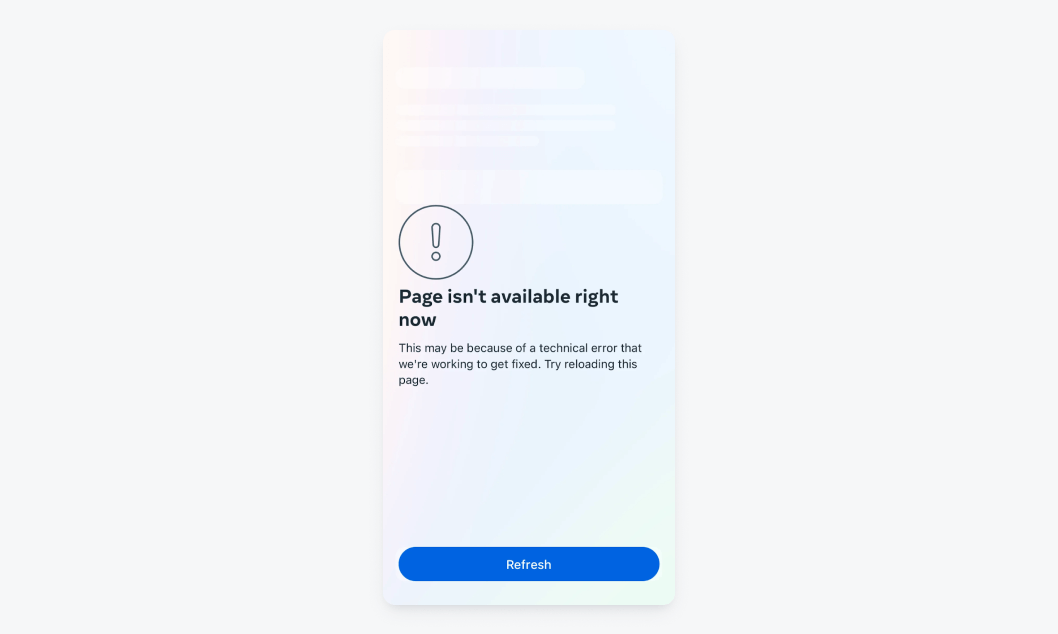
Why App Downtime is Gametime
It’s easy to assume that since all apps require major updates, server maintenance, or run into unforeseen connectivity problems, users will understand and their relationship with your platform will remain unchanged. While your most loyal users will more likely than not put up with the occasional disruption, these sorts of micro-frustrations are just the excuse your more casual users need to churn.
The consequences of neglecting your audience during mobile app downtime can create a heavy and immediate impact on your user engagement metrics, including:
- User frustration, dissatisfaction, and temporary churn
- Potential revenue loss, as users seek out alternative platforms from your competitors
- Negative reviews and low app ratings
- Disrupted user journeys, ruining engagement strategies such as onboarding, personalized experiences, and carefully timed push notifications
- An influx of support requests increases the workload for customer support teams
- Potential data integrity issues if the downtime interrupts critical app functions, such as transactions or data processing
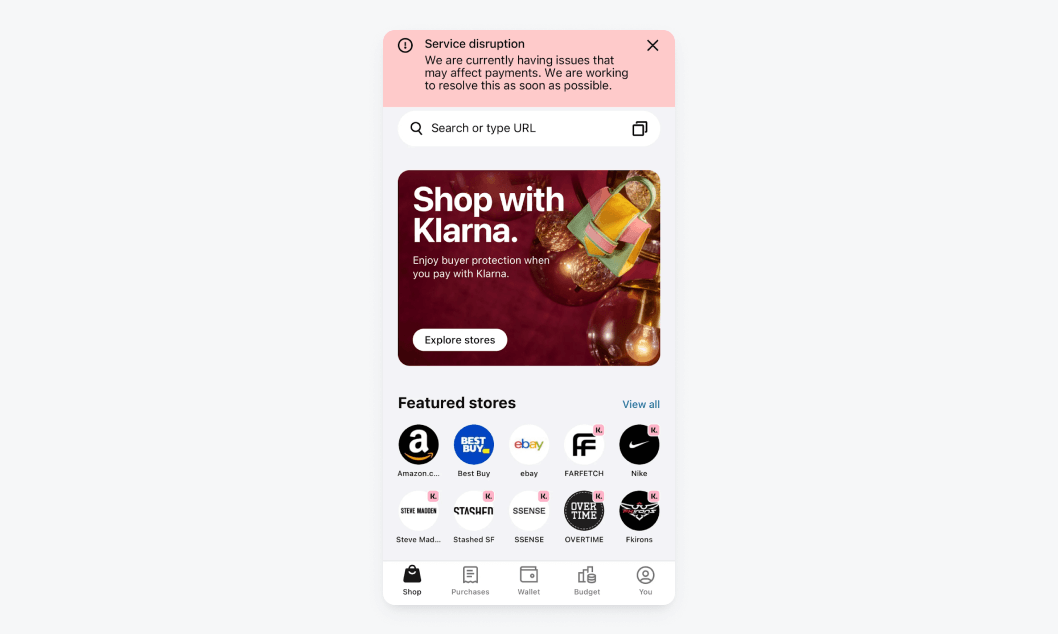
Although it’s mission-critical to focus resources on correcting the technical issues at hand to return your app’s functionality, it’s equally important to communicate with your users along the way.
A Proactive Approach to Mobile Messaging During App Downtime
For Planned Outages or Updates: Priming Users for Re-Engagement
In the case of expected service disruptions, you have the benefit of launching a proactive communication campaign. You also have multiple channels at your disposal, so use them!
Send out in-app messages and push notifications to inform users about upcoming planned service outages or major updates. Make sure to include clear information about the scheduled downtime, including the date, time, and expected duration of the interruption.
Taking the “surprise” factor out of a service disruption is the most effective way to ensure users return to your app.
Push notifications, specifically, present a great opportunity to reach dormant users who haven’t used your app recently, encouraging them to update to the latest version. Rather than having their first experience back be an error message, a carefully timed push notification ensures they have access to the most optimized and reliable version of your app.
Most importantly, don’t leave your users empty-handed. Empower them with a sense of control to learn more, gather additional context, or interact with your brand, off-app, if need be. Make sure to include a link to a detailed blog post, FAQ section, or support page where users can find additional information and instructions.
For Unexpected Disruptions: Re-Engagement Through Immediacy and Transparency
In the event of an unplanned mobile app outage, being proactive obviously becomes a lot more challenging… but not impossible. While the details of these disruptions remain unknown until they happen, you must be prepared to leverage every mobile channel at your disposal to deliver messages with speed, detailed information, and any next steps users can expect to resolve the issue.
Here is a breakdown of different types of mobile app service disruptions and suggestions for how to handle your communication:
Server Outages or Downtime
Utilize push notifications and SMS alerts to promptly notify users about the issue, provide updates on the resolution progress, and assure them of ongoing efforts. Send a follow-up email with a detailed explanation, emphasizing the steps taken to prevent future occurrences. It’s okay if the majority of your users don’t understand the technical nature of the outage. The important thing here is that you are taking the time to walk them through it.
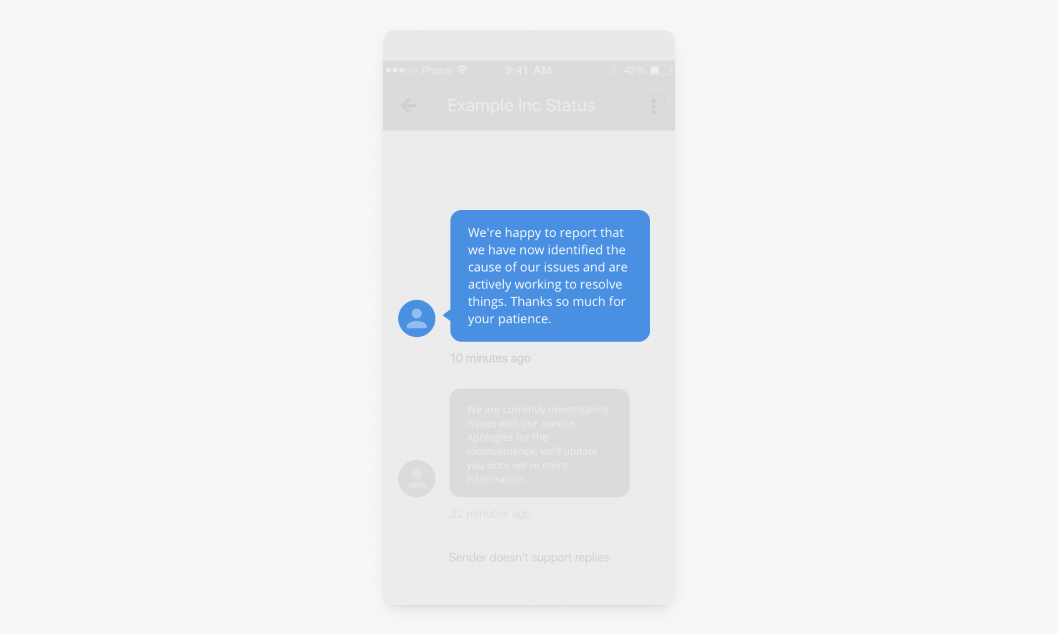
Bug or Technical Glitches
Employ push notifications and in-app messages to inform users of the identified bug, its impact, and your team's commitment to resolving it. Use social media to acknowledge the issue publicly, encourage users to update the app for bug fixes, and suggest workarounds. Make sure you are actively engaging with your audience, even if it’s just dropping into the comments section to provide a quick update. The less you keep your customers in the dark, the less antsy they’ll feel to churn to one of your competitors.
Security Breaches
This one is a bit more delicate. Employ push notifications and in-app messages to immediately notify users of the security breach, providing clear guidance on necessary actions (e.g., password changes) and assuring them that steps are taken to enhance security. Use email for a more formal communication, detailing the incident, measures taken for security improvement, and emphasizing the commitment to user data protection.
If you’re looking for ways to fold in your email strategy with your other mobile marketing channels, read this guide on increasing engagement with email for cross-channel journeys!
The Win-Back Strategy: Anticipate, Create, and Wait
Imagine your mobile app was to go down right now. How long would it take to spin up a response campaign? During that time, how many users would you lose?
Craft a push notification sequence ahead of time to have it ready to launch for just such an occasion. When outlining the content of these messages, don’t get caught up in the details (this is planning for a future event — there are no details!) The important things to remember are A) Your users will eventually experience an unexpected disruption in service with your app and B) your push notifications must keep these users informed, reassured, and engaged throughout the outage so they maintain enough trust to return once the issue is resolved.
Consider preparing a push notification sequence similar to the following:
1. Initial Notification (Acknowledgment)
Timing: Sent immediately when the outage is detected.
Message: "🚨 We're aware of an issue affecting our app services. Our team is on it, and we're working hard to resolve the problem. We apologize for the inconvenience and appreciate your patience."
2. Estimated Resolution Time
Timing: Sent once the team has a better understanding of when the issue might be resolved.
Message: "🕒 Latest Update: We anticipate resolving the server issue by [estimated time]. Thanks for hanging in there! We'll update you as soon as anything changes."
3. Thank You and Apology:
Timing: Sent when the issue is resolved.
Message: "🎉 Good news! Our services are back to normal. Thank you for your patience during this unexpected hiccup. We apologize for any inconvenience caused. Feel free to reach out to our support team with further concerns."
4. Post-Outage Appreciation:
Timing: Sent a day or two after the resolution to express gratitude.
Message: "🙌 Thank you for your patience and support during the recent outage. We're grateful for our awesome community. As a token of appreciation, stay tuned for a little surprise coming your way soon! 🎁"
This example sequence emphasizes transparency, acknowledges the inconvenience, and expresses gratitude for user understanding. Additionally, the post-outage appreciation message adds a positive touch to rekindle user enthusiasm after the disruption. Unsure what to offer for your post-outage compensation? We’ll tackle some ideas below.
Re-Engaging Users With Emotional Bridge-Building
We are conditioned to avoid admitting fault after an accident. This “fender bender” mentality is a smart move when dealing with insurance companies, but when it comes to re-engaging mobile users, you’ll want to take the opposite approach.
Humility is Key!
Users invest their already-limited time in your app, and when disruptions occur, a sincere apology demonstrates transparency, humility, and a commitment to user satisfaction. Not only does this help humanize your brand, but a genuine apology serves as a bridge to re-engage users, after a service disruption. Make it painfully obvious that you hold their experience as a top priority and that measures are in place to prevent similar issues in the future.
Let’s talk mobile messaging channels. Where push notifications and in-app messages are perfect for providing updates with a sense of immediacy, your apology is better suited to channels that support longer-form content. Saying “sorry” by itself, without any additional context or reassurance may come off as lazy or disingenuous. Leverage channels like email and your social media accounts to deliver a more personalized experience.
Email ensures that your apology message is delivered directly to the affected users' inboxes and allows you to address your users by name with email data tags, fostering a sense of personal connection. Additionally, email allows for a more controlled and private communication channel, enabling you to reach your users directly without the limitations of character counts or the public visibility inherent in social media. Your apology email should directly admit responsibility, express sincerity, offer a clear explanation, and outline steps taken to address the issue.
Many mobile apps exceed in communicating with their users via a single channel, but struggle to bring an omnichannel approach to their engagement strategy. A customer messaging solution, like OneSignal, brings push, in-app messages, email, SMS, and Live Activities support together under one roof to automate and sync your re-engagement strategies from the start. If you’re interested in learning more about how we do it, we encourage you to view our demo videos!
See OneSignal in Action

If you would prefer a more public approach, social media offers a similar amount of content flexibility. These channels allow you to communicate with users in real time, addressing the issue publicly and transparently. Be ready to field questions and concerns — engaging with your audience demonstrates a commitment to open communication, helping to rebuild trust in a more interactive and community-oriented fashion.
The Win-Back Strategy: Sweeten the Deal
Not to imply your users can be “bought off,” but you’d be hard-pressed to find a customer whose frustrations weren’t eased by a free gift! Offering rewards to users as compensation for experiencing an unexpected mobile app service disruption can significantly mitigate negative sentiments and foster loyalty. Coupled with a genuine apology, a tangible reward helps you demonstrate your commitment to customer experience and re-instill some goodwill.
Users will be much more conditioned to forgive the occasional service hiccup if you’ve demonstrated attentiveness and generosity.
Examples of rewards may include:
- Temporary premium features
- Exclusive access to new content or features
- Discounts on in-app purchases
- Virtual currency within your app
- Personalized discounts based on past user behavior
- Loyalty points
- Extended free trials
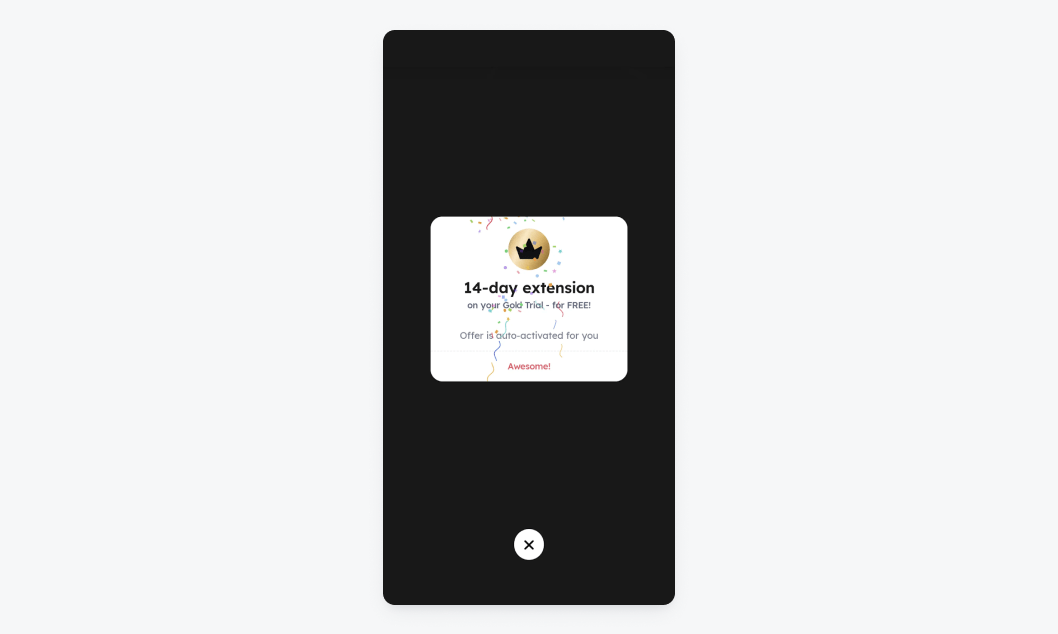
If you’re looking for rewards inspiration, check out these four tips for implementing a successful mobile-first loyalty and rewards program!
The important thing is to provide users with tangible value and reinforce their importance to your app's community. Enable them for a guaranteed positive experience when they return to your (functioning) platform!
Bring Back Users (And Keep Them!) With OneSignal
At OneSignal, we live and breathe user engagement. Whether through orchestrating hyper-relevant push notifications, crafting truly sticky in-app onboarding sequences, harnessing automated SMS campaigns, or combining all of the above into a seamless user experience… we’ve built a messaging solution to make it all easier. Don’t wait until your users start to churn — start with OneSignal for free to learn the true meaning of mobile-first engagement.
Create a Free OneSignal Account